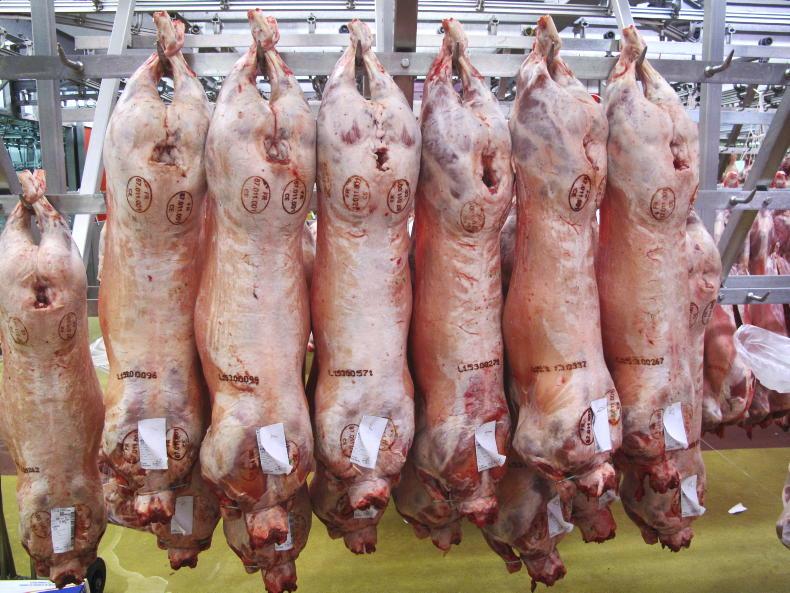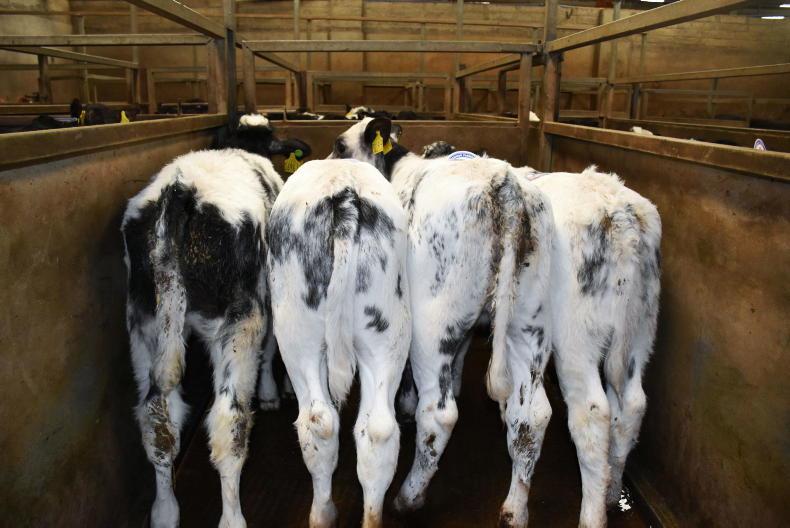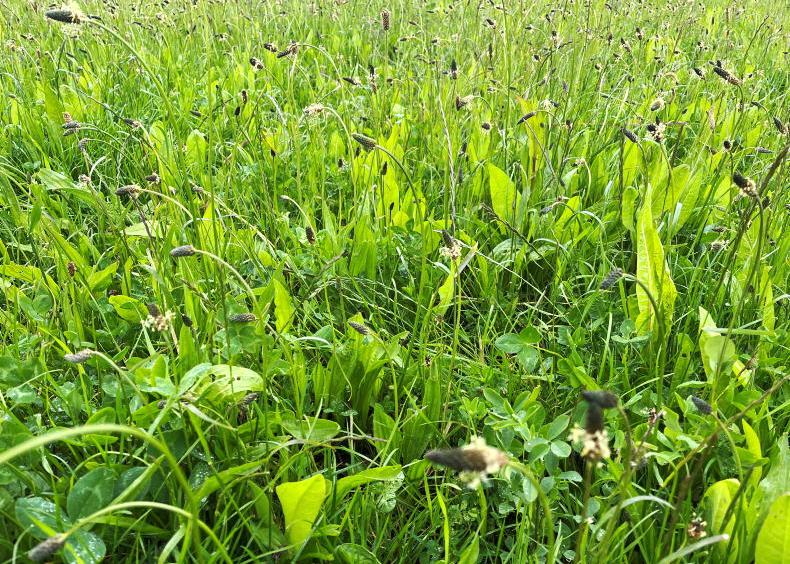New technologies are oft-quoted as the route by which Ireland and other countries will reduce their methane emissions while maintaining food production.
Feed additives are one of those new technologies, and the Dutch company DSM is to the fore in research and commercial use.
Bovaer, a fine white powder which can be added to concentrate feed or mineral supplements, is already commercially approved in South America and in December, received a favourable opinion from the European Food Safety Agency.
The European Commission recently gave the green light for the additive to be marketed in the EU, paving the way for it to be sold in the EU market later this year.
So how does it work?
Bovaer’s active ingredient is 3NOP, the abbreviated name for 3-Nitrooxypropanol, an organic compound that inhibits the enzyme methyl coenzyme M reductase (MCR). MCR causes the final step in creating methane by microbes in the stomach of ruminant animals such as cattle.
Mark van Nieuwland, vice president and programme director at DSM, explains it a little more simply: “Cows consume grass and other fibrous feeds. During the digestive process, hydrogen gas and CO2 are produced, which are then converted by a specific set of micro-organisms into methane gas. This is then exhaled and burped out by the cow.”
However, when a cow is fed 1-1.5g of 3NOP in the daily diet, it prevents the micro-organisms from generating methane.
“The additive takes effect immediately and is safely broken down in the cow’s normal digestive system into compounds already naturally present in the cow’s stomach. As soon as it is no longer fed, full methane production resumes and there are no lasting effects in the cow.”
Large scale trials on farms have taken place, with a beef feedlot trial in Canada showing methane cuts averaging 70% when the additive was fed to cattle fed on barley finishing diets, and between 31% and 80% cuts for beef cattle fed corn-based diets.
The additive takes effect immediately and is safely broken down in the cow’s normal digestive system into compounds already naturally present in the cow’s stomach
A Dutch consortium, which included Wageningen University and Friesland-Campina, trialled Bovaer in dairy cows for three months. That trial found that the cows’ methane output was reduced by 27% to 40% when Bovaer was added to their diet with varying levels of maize silage.
DSM is fast-tracking its work on both research and commercialising Bovaer, as van Nieuwland points to its work with dairy giant Fonterra in New Zealand and a recently announced large scale collaboration with JBS. The largest meat processor in the world will focus on how it can implement Bovaer in its cattle feedlots.
DSM wants to work with “a few select customers to start with, get that scaled up and then move forward,” he says, adding: “2022 will really be the year where Australia, Brazil and Chile will see the first [commercial] moves. In the second half of 2022, we expect to see the first use of Bovaer in Europe.”
Bovaer has already received market approval for use in Chile and Brazil.
In essence, it looks like a feed pellet, a slow-release pellet, which pays out over the course of eight to 12 hours, which of course is something that would work with dairy cows who still go to the milking shed twice a day
“In the long run, we anticipate a widespread adoption of Bovaer in Europe, starting with dairy operations, and thereafter beef. Over time, an increasing number of feed applications will become available for easy use in the different farming systems,” he says.
Asked about whether the technology is out of bounds for a grass-based livestock producer like Ireland, van Nieuwland says that, in addition to its early focus on feeding Bovaer through total mixed ration diets, it is also working on a slow-release form of the additive.
“In essence, it looks like a feed pellet, a slow-release pellet, which pays out over the course of eight to 12 hours, which of course is something that would work with dairy cows who still go to the milking shed twice a day. We anticipate having that in the market somewhere in the course of 2023.”
He hopes to be marketing Bovaer to the beef sector in late 2023 or early 2024.
“The current approval that we’re seeking in Europe has been focused on the dairy cows and suckler cows specifically and then the next [EU] approval we will be working on will be on the beef side,” the DSM boss says.
Irish trials
While van Nieuwland will not be drawn on what commercial companies Bovaer is working with in Ireland, Teagasc is using 3NOP (Bovaer) in its trial work on methane reduction.
It has completed a study on beef cattle indoors, but the results are yet to be published. It plans to assess the use of the slow-release 3NOP pellets in dairy cows grazing grass and clover swards at Moorepark in the autumn too. The work is part of the Department of Agriculture-funded METH-ABATE collaborative project, aimed at developing novel, farm-ready technologies to reduce methane emissions from ruminant animals.
As well as 3NOP, Dr Sinead Waters and her colleagues at Teagasc will be assessing other methods such as seaweed additives, oils and halides.









SHARING OPTIONS